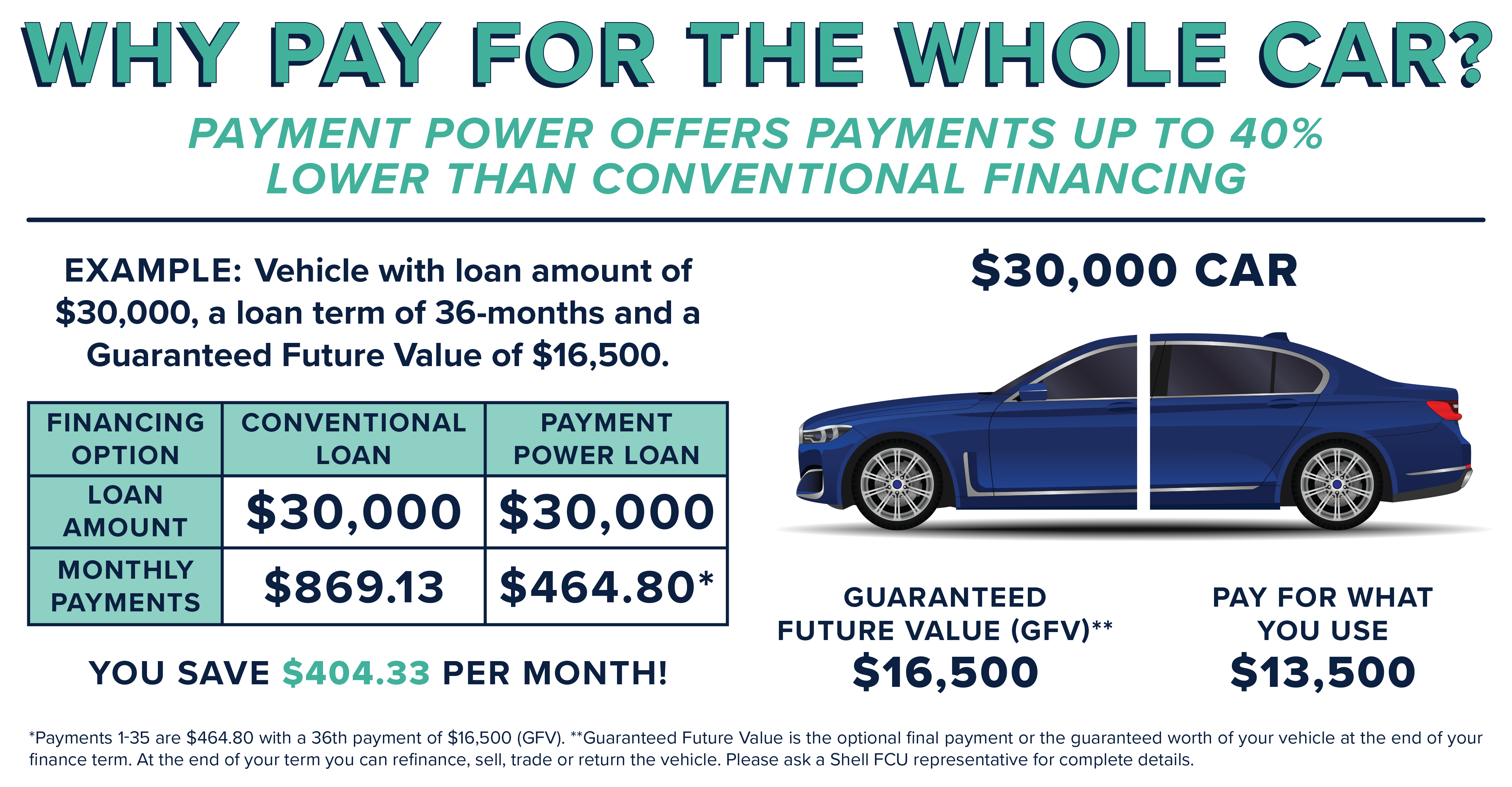Table of ContentsIndicators on What Is Considered A "Derivative Work" Finance Data You Should KnowThe Ultimate Guide To What Is Derivative Market In FinanceThe Main Principles Of What Is A Derivative In Finance Facts About What Is Derivative In Finance RevealedA Biased View of What Is Derivative In Finance
The worth of direct derivatives varies linearly with the worth of https://titusfopa523.edublogs.org/2020/10/14/the-how-does-atom-finance-make-money-diaries/ the hidden property. That is, a cost relocation by the hidden property will be matched with a practically identical move by the derivative. In technical terms, these trades have a delta of 1.0. Delta is the sensitivity of derivative's price change to that of its underlying.
Types of direct derivatives consist of: A The counterparty of a CFD is required to pay the other counterparty the difference in between the existing rate (spot price) of the underlying versus the rate specified in the agreement (agreement rate). On days when the spot price is below the contract rate, the CFD purchaser pays the distinction to the seller.
This is called the everyday margin call. The hidden possession can be a commodity, a foreign exchange rate, an index value, a bond or an equity (stock). These are extremely standardized agreements that trade on futures exchanges. They define an established cost and a particular future date at which a hidden property will be exchanged.
Both buyer and seller submit preliminary and upkeep margin. There is no premium, so the margin requirements identify the degree of take advantage of. Throughout the daily margin call, the contract price is marked-to-market, (MtM, meaning upgraded to the current price). The counterparty that loses money for the day (negative MtM) pays the loss to the other counterparty.
Futures traders can unwind their positions at any time. The common underlying assets are debt securities, equities, indexes, foreign exchange rates and products. Some agreements do not need the exchange of the underlying at settlement they are cash-settled. what is derivative instruments in finance. 3. These are OTC variations of future agreements that are neither standardized nor intermediated by a clearing home.
Some Known Details About What Is Derivative N Finance
That implies that the counterparty with a positive MtM undergoes default threat from the other counterparty. These contracts are highly customizable and are typically held up until expiration, when they are settled by the counterparties. The underlying can be any variable. Swaps are agreements that need the exchange of cash flows on specified dates (the reset dates).
For example, the counterparties might exchange interest payments from a repaired- and adjustable-rate bond. Swaps have the greatest trading volume amongst derivatives. They can be highly customized and normally trade OTC, although particular standardized ones trade on exchanges. OTC swaps resemble forwards because the counterparties are subject to default threat.
For instance, a swap's notional quantity may be $1 billion in Treasury bonds. For many swaps, neither trader requires to own $1 billion (or any amount) of bonds. The notional quantity is just utilized to figure the interest payment that would be gotten had a counterparty owned the $1 billion in Treasury debt.
The main swap classifications consist of: (IR swap). The concept behind this OTC swap is to exchange a floating-rate direct exposure for a fixed-rate one. The fixed leg pays capital connected to a set rate. The floating leg pays capital tied to a floating rate index, such as LIBOR. There is no exchange of notional quantities at swap expiration, and no upfront payment is required.
On the reset date, the money flows are normally netted versus each other so that just the distinction is sent from the unfavorable leg to the favorable one. The swap undergoes counterparty default danger. This is like an IR swap, other than each leg is in a different currency.
The Buzz on What Is A Derivative Market In Finance
Payments are made in the initial currency. In this swap, the buyer pays a premium repaired or floating leg to the seller. In return, the seller accepts make a cash payment to the buyer if a hidden bond has an unfavorable credit occasion (default or ratings downgrade). In this swap, the total return leg pays cash circulations based upon total return (i.e., rate gratitude plus interest payments) of the hidden property.
The impact is to move the threat of the total return property without needing to own or sell it. Non-linear derivatives are alternative contracts referred to as puts and calls. These agreements provide purchasers the right, however not obligation, to buy (calls) or sell (puts) a set amount of the underlying property at a defined price (the strike cost) prior to or at expiration.
The benefits from alternative positions are non-linear with respect Helpful resources to the cost of the underlying. Alternative premiums are figured out by computer system designs that use affordable capital and statistically-determined future worths of the hidden property. The various types of choices consist of: An where worth is based on the distinction between the underlying's current cost and the agreement's strike rate, plus additional worth due to the amount of time until expiration and the underlying's volatility.
A, which is the same as the American alternative, except the buyer can not work out the alternative until expiration. A, which is like a European option, other than the purchaser can also exercise the option on fixed dates, typically on one day per month. These consist of Asian, digital and barrier alternatives.
These are complicated monetary instruments made up of several fundamental instruments that are combined for particular risk/reward exposures. They include:, which are credit-linked items connected to different types of financial obligation including home mortgages, vehicle loan, business loans and more., which provide full or partial reimbursement of invested capital. For example, a mix of a zero-coupon bond and an equity alternative that benefits from market upswings.
Getting My What Is The Purpose Of A Derivative In Finance To Work
, which are securities that instantly terminate prior to expiration based upon particular events., which are complex derivatives that offer security from negative interest rate moves. This is a catch-all category for monetary instruments that can display differing habits based upon present conditions. The prototypical example is a convertible bond, which can act like a bond or a stock based on the relationship between the underlying stock cost and conversion ratio.
Eric Bank is a senior service, financing and genuine estate writer, freelancing considering that 2002. He has written thousands of posts about organisation, finance, insurance, property, investing, annuities, taxes, credit repair work, accounting and trainee loans. Eric composes short articles, blogs and SEO-friendly site content for lots of clients worldwide, consisting of get.com, badcredit.org and valuepenguin.com.
In finance, there are four fundamental types of derivatives: forward agreements, futures, swaps, and alternatives. In this post, we'll cover the fundamentals of what each of these is. A derivative is a financial instrument that derives its value from something else. The worth of a derivative is linked to the value of the hidden possession.
There are normally thought about to be 4 types of derivatives: forward, futures, swaps, and options. An alternatives agreement offers the purchaser the right, but not the commitment, to buy or offer something at a specific price on or prior to a specific date. what is a derivative finance. With a forward agreement, the buyer and seller are obligated to make the deal on the defined date, whereas with alternatives, the buyer has the option to perform their alternative and buy the possession at the defined price.
A forward contract is where a buyer accepts buy the underlying asset from the seller at a particular cost on a specific date. Forward agreements are more customizable than futures agreements and can be customized to a specific commodity, amount, and date. A futures agreement is a standardized forward contract where purchasers and sellers are united at an exchange.

See This Report on What Is Considered A "Derivative Work" Finance Data
A swap is a contract to exchange future cash flows. Generally, one capital is variable while the other is fixed (what is a derivative in.com finance). State for instance a bank holds a home mortgage on a house with a variable rate but no longer wishes to be exposed to rates of interest changes, they might swap that home mortgage with another person's fixed-rate home loan so they secure a specific rate.
It is insurance coverage on default of a credit instrument, like a bond. If you're a buyer of a CDS contract, you are "wagering" that a credit instrument will default. If it does default, the purchaser would be made entire. In exchange for that protection, the CDS purchaser makes fixed payments to the CDS seller up until maturity.

if the set payment that was set at an agreement's beginning is not high enough to compensate for the risk, You can find out more the buyer might have to "pay additional in advance" to enter the agreement"). There are two broad classifications for utilizing derivatives: hedging and speculating. Derivatives can be used as a way to limit threat and direct exposure for an investor.